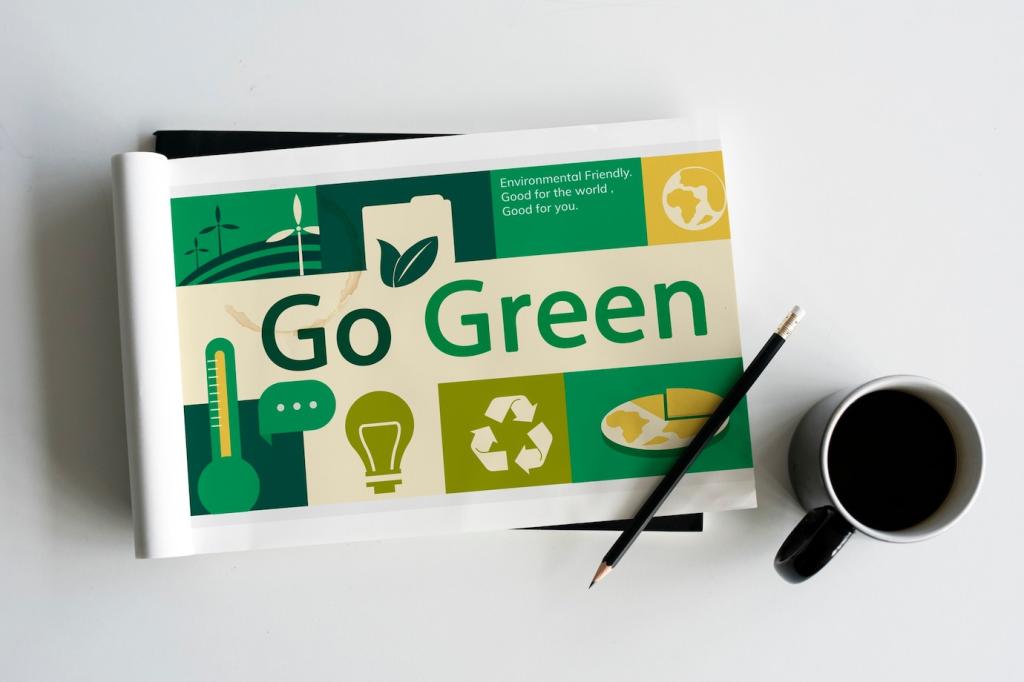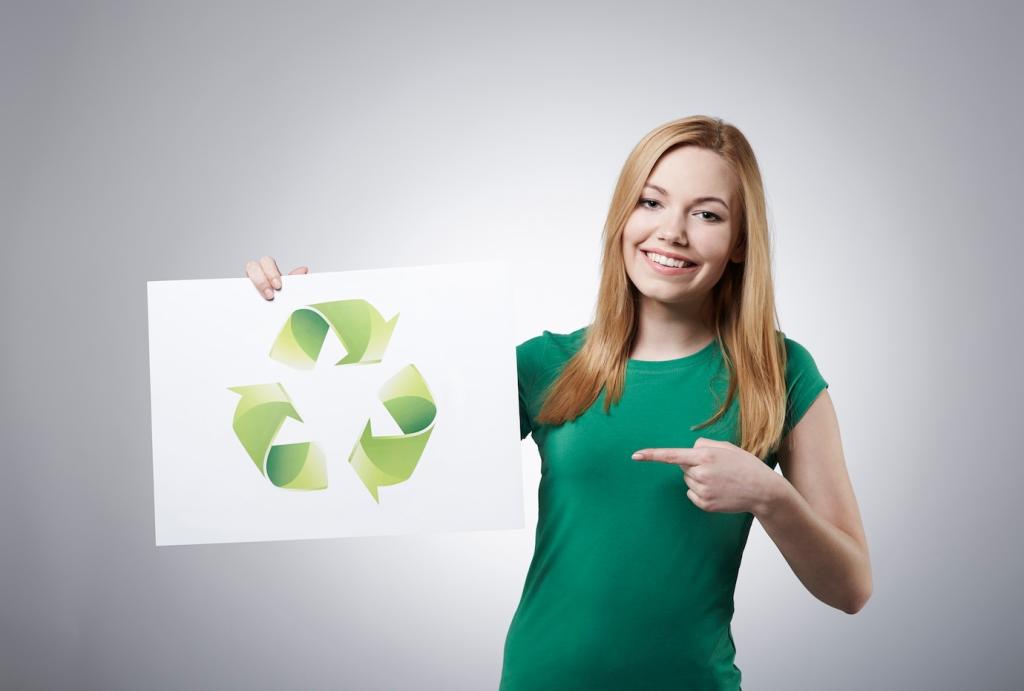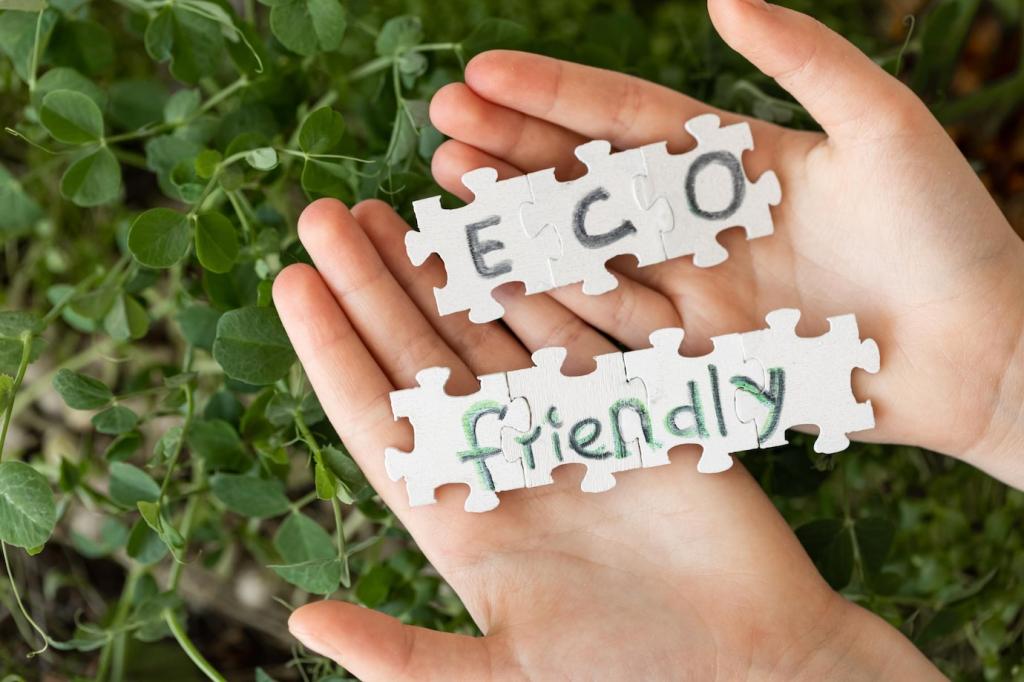Persuasive Language for Green Homebuyers: Words That Welcome, Not Push
Chosen theme: Persuasive Language for Green Homebuyers. Discover how to speak to values, comfort, and credibility—crafting copy that helps eco‑minded buyers feel seen, informed, and excited to step into a healthier, smarter home. Subscribe for weekly, field‑tested phrasing cues.
Understanding the Eco‑Buyer Mindset

Emotions That Unlock Decisions
Green homebuyers respond to relief, safety, and belonging. Frame benefits as daily feelings: quiet rooms, fresher air, fewer drafts, and predictable bills. Invite readers to imagine morning light, deep breaths, and a thermostat that finally cooperates without guilt or waste.

Identity, Values, and Social Signal
Speak to identity without shaming. Use language like “for families who…” or “for neighbors who care…” letting buyers see themselves in your story. Subtle social proof—responsible, future‑ready, community‑minded—helps buyers feel proud, not preached at, when they choose greener living.

Cognitive Shortcuts You Can Use Ethically
Anchor numbers to familiar experiences: “as quiet as a library,” “saves about a streaming subscription a month.” Make progress feel easy with phrases like “already installed,” “maintenance‑light,” and “no extra steps,” reducing perceived effort while staying completely truthful and transparent.
Avoiding Greenwash While Staying Persuasive
Replace “eco‑friendly” with concrete facts: “HERS Index 48,” “ERV for continuous fresh air,” or “R‑21 exterior walls.” Cite installation dates and warranties. Precision reduces skepticism and lets buyers visualize real value instead of chasing another marketing cloud.
Pair a stat with a feeling: “Triple‑pane windows cut street noise by half, turning bedtime into a hush you can hear.” This coupling lets numbers sink in emotionally, guiding buyers to imagine benefits they will actually notice every single day.
If something costs more upfront, say so—and immediately connect to comfort, resilience, and resale strength. Transparency language like “upfront, then effortless,” or “initial premium, long glide path” respects intelligence and disarms objections before they harden into quiet resistance.

Stories That Convert Without Pressure
Describe a winter morning with warm floors and zero cold corners. The kettle whistles, the room is quiet, and the thermostat barely budged overnight. This sensory vignette makes heat pumps and insulation feel like comfort, not just complex technology.
Power Words and Phrases for Green Listings
Trust‑Building Verbs and Modifiers
Use “designed,” “tested,” “verified,” “measured,” and “documented,” instead of hype verbs. Add calm modifiers like “quiet,” “steady,” “even,” and “breathable.” These words lower buyer defenses and cast green performance as dependable, everyday reliability rather than experimental novelty.
Sensory Language that Lands
Anchor benefits in tangible senses: “sun‑washed kitchen,” “library‑quiet bedrooms,” “clean, filtered airflow,” “even temperatures across every room.” Sensory words turn technology stacks into felt experience, letting readers connect engineering choices to everyday serenity their bodies will actually recognize.
Urgency Without Pressure
Gentle urgency works: “Claim today’s incentives,” “Secure winter comfort before the first frost,” or “Lock in predictable bills ahead of summer.” Time‑bound, buyer‑benefit framing keeps momentum alive while honoring autonomy and avoiding the hard‑sell tone that green buyers strongly dislike.
Structuring Pages and Listings that Guide Decisions
Lead with one sensory claim plus one credential: “Sun‑lit, whisper‑quiet home with ERV‑fresh air,” followed by “Third‑party energy rating included.” Add a soft CTA: “See the daylight map.” This establishes benefit, proof, and a next step within seconds.
Structuring Pages and Listings that Guide Decisions
Create short, labeled sections: “Air Quality,” “Envelope,” “Comfort,” “Costs,” each with three bullets and one link to documentation. This format respects busy readers, boosts credibility, and invites deeper exploration without forcing them through jargon‑heavy paragraphs they will likely abandon.
Structuring Pages and Listings that Guide Decisions
Use CTAs like “Preview the utility dashboard,” “Walk the insulation line,” or “Hear the sound profile with windows closed.” Actionable, curiosity‑driven prompts turn features into experiences and draw buyers into a gentle, self‑directed discovery path that feels empowering.
Visual‑Language Harmony: Copy that Matches Photos
01
Replace “Great light!” with “East‑facing glazing brings morning sun, not afternoon glare.” Turn “New HVAC” into “Variable‑speed heat pump maintains even temperatures with lower noise.” Strong captions teach, reassure, and convert, especially when buyers skim with half their attention.
02
Highlight one number per image, and always explain why it matters: “ERV exchanges stale air for fresh, twenty‑four seven—no window cracking required.” The explanation is the persuasion bridge from sterile metric to lived experience in kitchens, bedrooms, and work nooks.
03
Retire leaf icons and vague “sustainable living” banners. Instead, show the thermostat history, a blower‑door certificate, or a daylight path diagram. Authentic artifacts beat clip art, signaling competence and care while respecting buyers who have seen every cliché already.


Answering Common Objections with Calm Clarity
Acknowledge reality, then frame trajectory: “Upfront investment, ongoing calm.” Connect to health, comfort, and predictable bills, and reference incentives by name. Offer a simple spreadsheet link so buyers can explore numbers privately, at their own pace and without pressure.
Answering Common Objections with Calm Clarity
Replace fear with routines: “Filters swap like a vacuum bag, quarterly. Heat pump checks yearly, same as traditional systems.” Emphasize predictable tasks and local support. Calm, concrete steps shrink imagined hassle into manageable habits anyone can comfortably maintain.
